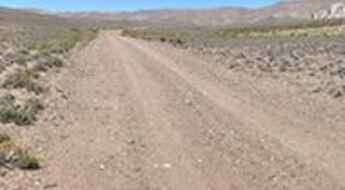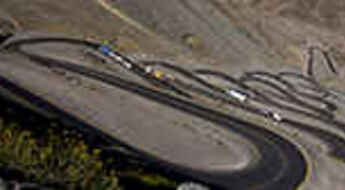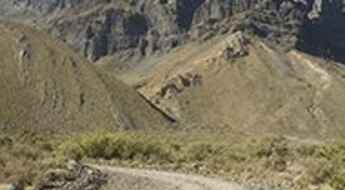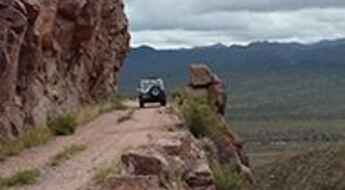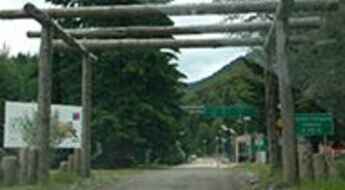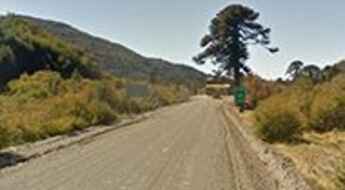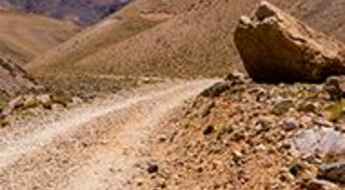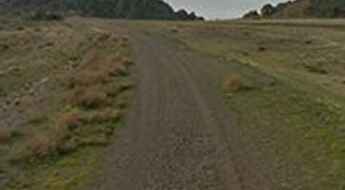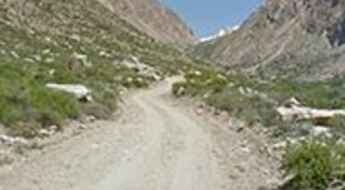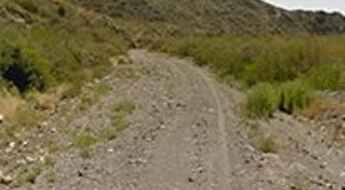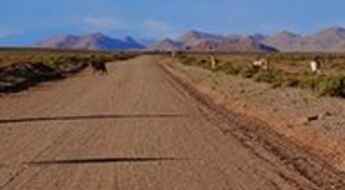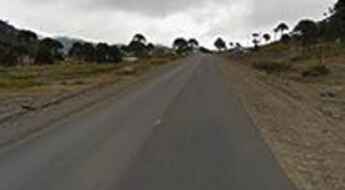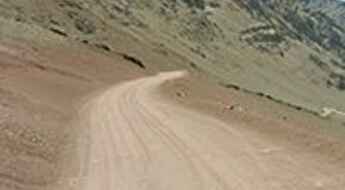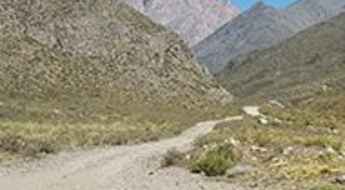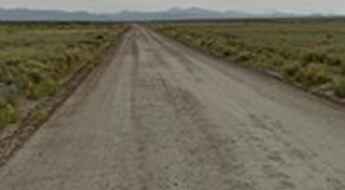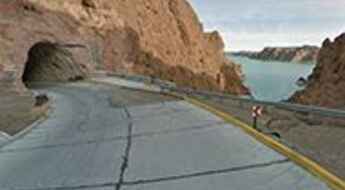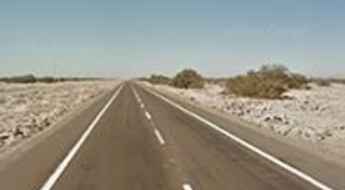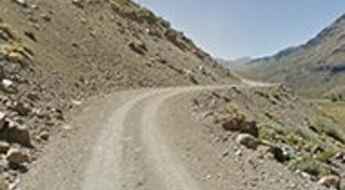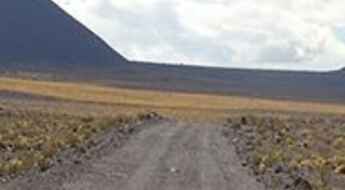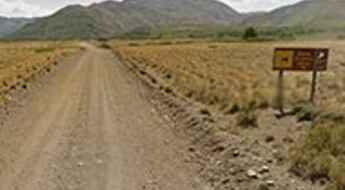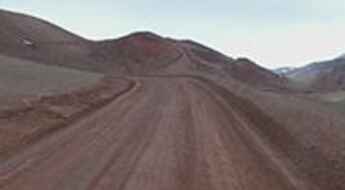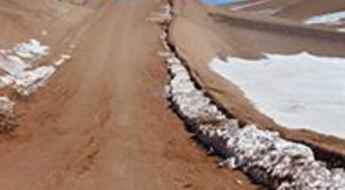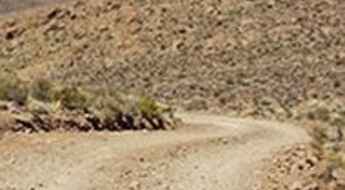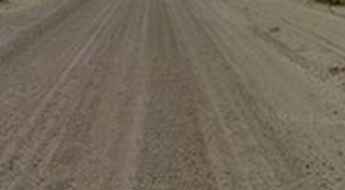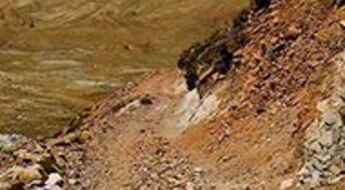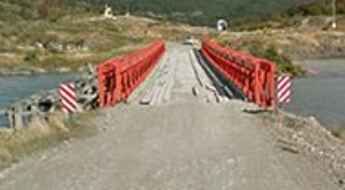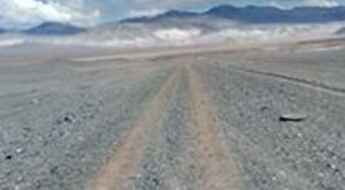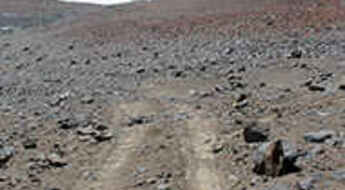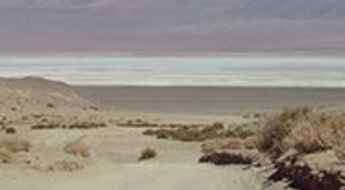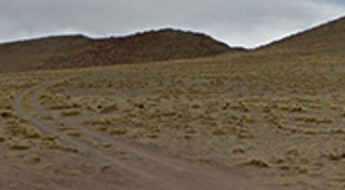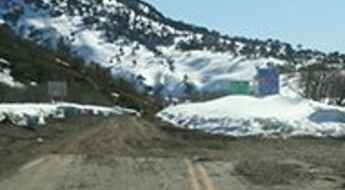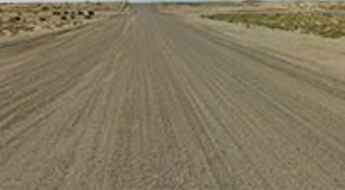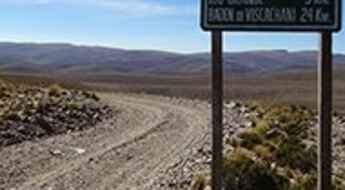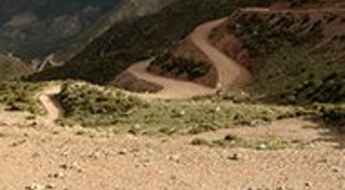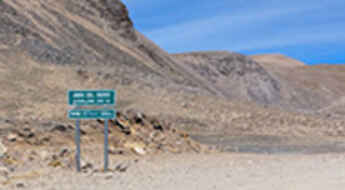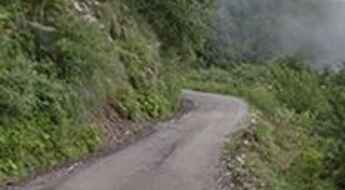What are the most spectacular roads in Argentina?
From the thunderous applause of Iguazú Falls to the whispering glaciers of Patagonia, Argentina's landscapes compose a symphony of natural wonders that beckon road trip enthusiasts.
Commence your odyssey on the fabled Ruta 40, tracing the spine of the Andes, through the tapestry of deserts, salinas, and wine country. Dive deep into the soul of Patagonia's pathways, where the relentless wind narrates tales of bygone adventurers and legendary creatures. The vibrant canvas of Quebrada de Humahuaca on Route 9 mesmerizes, as every curve unfurls a spectrum of earthen colors, each shade narrating epochs of geological magic.
But Argentina’s call to the open road doesn’t end there. Traverse the altitudinous realms of Paso de San Francisco, navigate the lunar landscapes of Paso de Sico, and marvel at the verdant allure of Paso Cardenal Antonio Samoré.
Here, roads are more than mere pathways; they are the pulsing veins of a land teeming with passion, allure, and unparalleled splendor. Fasten your seatbelt and let Argentina's highways waltz your senses through its grand tapestry of terrains.
Pirquitas Mine
Mina Pirquitas is a high mountain town at an elevation of 4.340m (14,240ft) above the sea level, located in Jujuy Province in Argentina. It’s one of the highest towns accessible by car on Earth.
Conquer the Spectacular Paso Internacional Los Libertadores: Chile-Argentina Border Crossing
Chile and Argentina share more than 5,000 miles of border, most of them drawn on the imposing peaks of the Andes. With over 40 border crossings between the two countries spread over the mountains, the most spectacular is Paso Internacional Los Libertadores, also known as Paso del Cristo Redentor.
Driving to Sosneado Hotel, a nazi hideout in Mendoza
Hotel Termas de El Sosneado is an abandoned hotel located in the Province of Mendoza, in Argentina. Locals say the hotel was supposedly a nazi hideout. The area is very remote.
Cuesta de Zapata
Cuesta de Zapata is a high mountain pass at an elevation of 1.907m (6,256ft) above the sea level, located in Belén department of Catamarca Province in Argentina. It’s, undoubtedly, one of the world’s most dangerous roads.
Huahum Pass
Paso Huahum is an international mountain pass at an elevation of 625m (2,051ft) above the sea level, located in the Andes, on the border between Chile and Argentina. It’s one of the lowest passes of the southern Andes.
Mamuil Malal Pass: a border road in the Andes
Paso Mamuil Malal is an international high mountain pass at an elevation of 1.253m (4,111ft) above the sea level, located in the Andes, on the border between Chile and Argentina.
Cerro Famatina
Cerro Famatina is a high mountain peak at an elevation of 4.603m (15,101ft) above the sea level, located in the province of La Rioja, in northwest Argentina.
Faro Cabo Blanco
The Cabo Blanco lighthouse is Argentina's oldest surviving lighthouse. It’s located in Santa Cruz Province, within the Cabo Blanco Natural Reserve.
Alferez Portinari Refuge
Refugio Alferez Portinari is a high mountain refuge at an elevation of 2.520m (8,267ft) above the sea level, located in the Departamento de Tunuyán, Provincia de Mendoza, in Argentina.
Ruta Provincial 13
Ruta Provincial 13 is one of the most spectacular tracks in the world. Located in the Andes, in the Argentinian Mendoza Province, the track is very scenic, climbing up several mountain passes and dry rivers.
Abra del Calvario
Abra del Calvario is a high mountain pass at an elevation of 4.423m (14,511ft) above the sea level, located in the Jujuy province, in Argentina.
An awe-inspiring road to Pino Hachado Pass in the Andes
Paso Pino Hachado is an international high mountain pass at an elevation of 1.887m (6,190ft) above the sea level, located on the Argentina-Chile border.
The road with 65 hairpin turns to Christ the Redeemer of the Andes
Set high in the Andes, Cristo Redentor de los Andes is a massive 4-ton statue at an elevation of 3,832m (12,572ft) above sea level. Located on the border between Argentina and Chile, this iconic monument offers breathtaking views in a challenging mountainous terrain.
Cerro San Pedro
Cerro San Pedro is a high mountain pass at an elevation of 2.199m (7,214ft) above the sea level, located in the west of the province of Mendoza, Argentina, near the Chilean border.
Laguna Llancanelo
Llancanelo Lake is a high altitude, saline lake at an elevation of 1.280m (4,199ft) above the sea level, located in the south of Mendoza Province, Argentina.
Ruta Provincial 31
Ruta Provincial 31 is a very scenic drive located in Chubut Province, on the Atlantic coast of Argentina.
Pan-American Highway, the longest road in the world
The challenging Pan-American Highway is one of the biggest adventures in the world. It’s a network of roads covering almost 30,000 kilometres (19,000 mi) from North America to South America. It’s said to be the longest road on Earth.
Road Varvarco-Barrancas
Located in La Patagonia, in Neuquén Province, southwestern Argentina, the road linking Varvarco and Barrancas (Neuquén) is an extremely challenging adventure.
Driving the international border road to Socompa Pass in the Andes
Paso Socompa is an international high mountain pass at an elevation of 3.876m (12,716ft) above the sea level, on the Argentinian-Chilean border.
Lagunas de Epulafquen
Lagunas de Epulafquen are two small lakes at an elevation of 1.490m above the sea level located in the Departamento Minas, Provincia del Neuquén, Argentina, near the Chilean border, in the Andes.
Veladero Mine
The Veladero mine is a high mountain gold mine at an elevation of 3.850m (12,631ft) above the sea level located in the San Juan Province of north-western Argentina.
Portezuelo de Laguna Brava
Portezuelo de Laguna Brava is a high mountain pass at an elevation of 4.379m (14,366ft) above the sea level, located in the Provincia de La Rioja, Argentina, near the border with Chile. The pass lies on the magnificent route between Chile and Argentina via Paso Pircas Negras.
El Angosto
El Angosto is a high mountain town at an elevation of 3.581m (11,748ft) above the sea level, located in the Jujuy province, Argentina.
Ruta Provincial 48
Ruta Provincial 48 is a very scenic drive located in Chubut Province, southern Argentina. The road is 118km long.
Laguna Cerro Negro
Laguna Cerro Negro is a high mountain lake at an elevation of 4.492m (14,737ft) above the sea level located in the High Andes, in Jujuy Province in Argentina.
Puente del Rio Lapataia
Puente del Rio Lapataia is a mountain bridge located in southwestern Tierra del Fuego province, in Argentina, near the borderline with Chile. It’s one of the most spectacular bridges in the world.
Cerro Blanco
Cerro Blanco is a high mountain caldera at an elevation of 4.174m (13,694ft) above the sea level, located in the Andes of the Catamarca Province in Argentina.
Carreteras más altas de Argentina
Ubicado en el sureste de Sudamérica, Argentina ocupa el segundo lugar del continente en tamaño y población, tras Brasil. Se trata de un país con amplias zonas muy montañosas. La espina de los Andes recorre la frontera oeste del país durante más de 4.000 kilómetros.
Abra de Quiron
Abra de Quiron is a high mountain pass at an elevation of 4.182m (13,720ft) above the sea level, located in Salta Province, Argentina.
An old mining road to Tuzgle Volcano in the Andes
Volcán Tuzgle is a dormant stratovolcano located in the Susques Department of Jujuy Province in Argentina. A former mining road to the northwest of the volcano ends at 5,244m (17,139ft) above sea level. It’s one of the highest roads of the country.
Icalma Pass: a sensational border road
Paso Icalma is an international high mountain pass at an elevation of 1.307m (4,288ft) above the sea level located on the border of Argentina and Chile.
Ruta Provincial 47
The Ruta Provincial 47 road is a very scenic drive located in the Valdes Peninsula, on the Atlantic coast in the north east of Chubut Province, Argentina.
Abra de Rota
Abra de Rota is a high mountain pass at an elevation of 4.405m (14,452 ft) above the sea level, located on the Salta and Jujuy provinces border, in Argentina.
Vallecitos ski resort
Vallecitos ski resort is located in the northwest of Mendoza Province in Argentina, at an elevation of 2.999m (9,839ft) above the sea level.
How to navigate the challenging Ruta Provincial 73?
Ruta Provincial 73 (RP73) is a demanding high mountain road situated in the extreme northwestern part of Argentina, ranking as one of the highest roads in the country.
Lenguas del Cochuna
Located in Tucumán Province, Argentina, Lenguas del Cochuna is an astonishing piece of mountain road engineering. It climbs sharply via 31 hairpin turns tightly stacked one on top of another. It's an improbable road clinging to the edge of the cliff.
